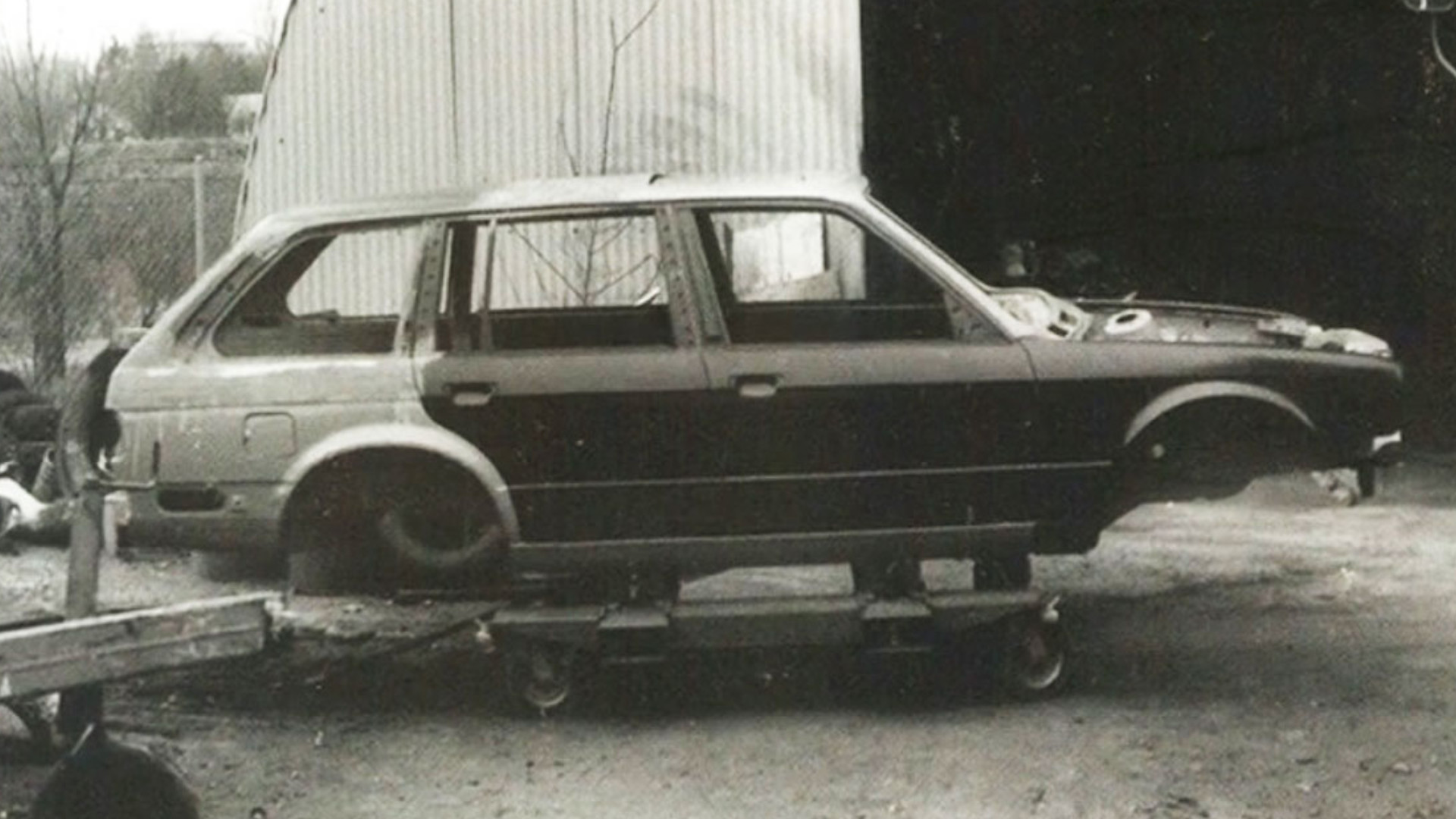

A BMW wagon is a special thing indeed. They are prized by enthusiasts for their relative scarcity and astute practicality. As it turns out, though, BMW never wanted to build wagons in the first place. It took one engineer’s passion project to convince the company to dive into building longroofs en masse.
As covered by eBay Motors, BMW came around to the idea of wagons thanks to the efforts of one Max Reisböck, an engineer who worked at the company’s Munich headquarters. Back in 1984, the 3 Series lineup only consisted of sedans and coupes. Reisböck wanted a more practical vehicle for family duties, so he set about building one himself.

Reisböck was duly armed with his engineering skills and a budget of $13,000. The project began with the purchase of a wrecked E30 323i sedan, serving as an adequate base for the wagon conversion. After several months of planning, Reisböck set about working on the wagon in a friend’s garage. He managed to complete the conversion in just six months.
The modifications required were extensive, as you might expect. The C-pillars had to be relocated to become the new D-pillar of the wagon design. New parts also had to be fabricated, including a longer roof, hatch, and modified rear door frames. Pre-cast components were sourced from the BMW parts bin for these roles, along with a set of rear side windows nabbed from an E30 coupe.
The finished result bore all the hallmarks of an elegant BMW. Reisböck had built the car with a sporty raked D-pillar as befitting the E30 design, and it wore the famous Hofmeister kink well. Reisböck didn’t skimp on the finishing touches, either, giving the car an attractive black paint job and alloy wheels.






Friends and colleagues encouraged Reisböck to show off his creation to the BMW brass, who were duly impressed with the finished result. Executives requested that Reisböck allow them to use the car to determine if it was feasible to put a wagon variant into production. The rest is history, with the 3 Series Touring model becoming available as a regular production model in 1987. The final design hewed close to Reisböck’s work, albeit with the rear hatch extended lower to ease loading the vehicle.
It’s true that wagons occupy a thin slice of the modern automotive market, being almost unheard of in the U.S. today. Regardless, they remain a viable category in Europe, where BMW still builds them today. In fact, thanks to Reisböck’s hard work, every 3 Series since the E30 has been offered in a station wagon body style. “Creator of the BMW Wagon” is a lofty title to sit on any resume, by our measure.
Got a tip? Let the author know: lewin@thedrive.com